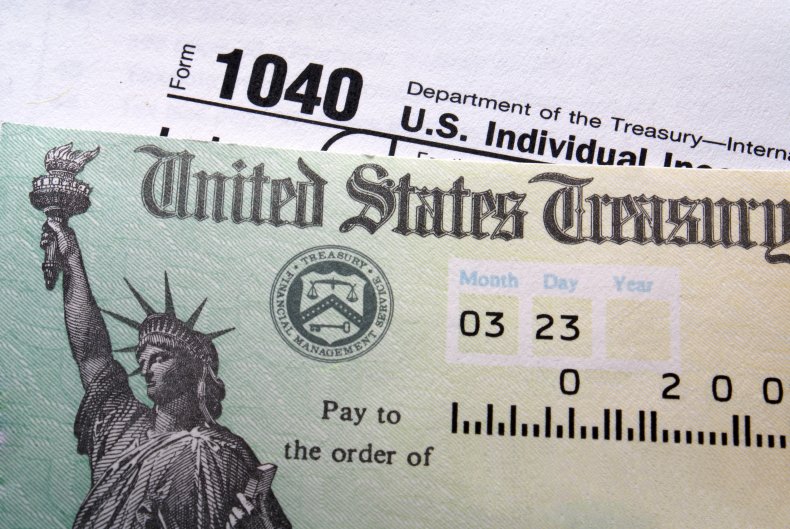
[ad_1]
New August inflation data sent the market tumbling earlier this week, with the Dow Jones Industrial Average giving up an astonishing 1,250 points on Tuesday as inflation came in hotter than expected last month.
The inflation data doesn’t just impact markets; it also plays a big role in determining how much Social Security benefits will increase next year. Due to surging inflation, retirees are poised to receive one of the largest increases to their 2023 benefits in decades.
While we don’t know that exact amount yet, here is where things stand after recent August inflation data.
The cost-of-living adjustment
Each year, the Social Security Administration (SSA) factors in a cost-of-living adjustment (COLA) to account for inflation. The idea is that if the cost of living goes up, so should Social Security benefits so retirees don’t lose purchasing power.
The COLA is calculated by looking at the Consumer Price Index for Urban Wage Earners and Clerical Workers (CPI-W) in the third quarter of the year during the months of July, August, and September.
The SSA then takes the average CPI-W for these months and stacks it up against the average CPI-W in the third quarter of the prior year. The percentage increase in the CPI-W from the prior year becomes the COLA increase for the following year. In 2021, the CPI-W increased by 5.9% from 2020, which was a big increase on its own.
This year, with prices on everything from rent to medical care services to food soaring, inflation has been at a 40-year high. That means the COLA increase for 2023 is likely to be even bigger than it was this year. While we don’t have September inflation data yet, we now have the CPI-W numbers from July and August, which enables us to calculate what the COLA increase would be based on these two months.
In July and August of this year, the CPI-W averaged 291.924. In July and August of last year, the CPI-W averaged 268.088. This means that for these two months, the CPI-W is up 8.89% this year.
What will happen in September?
Inflation has been hard to predict this year so it’s really anyone’s guess what happens in September. While inflation ticked up slightly between July and August, the annual number still came in smaller in August. I’m currently more prone to guess that we will see inflation decline in September.
The Federal Reserve increased its benchmark overnight lending rate, the federal funds rate, by three-quarters of a percentage point at both of its June and July meetings, and now a similar hike is expected at the Fed’s upcoming meeting this month. While these rate hikes are intense, they will take time to work their way through the economy, and there is a good chance that even the hike in June hasn’t fully seeped its way into the economy.
If inflation does decline and there is another drop in the CPI-W in September, that would pull down the COLA increase slightly from that 8.89% number. But whatever happens in September, I still suspect the COLA adjustment for 2023 will be higher than 8%, which would still be the largest COLA increase seen in decades.











